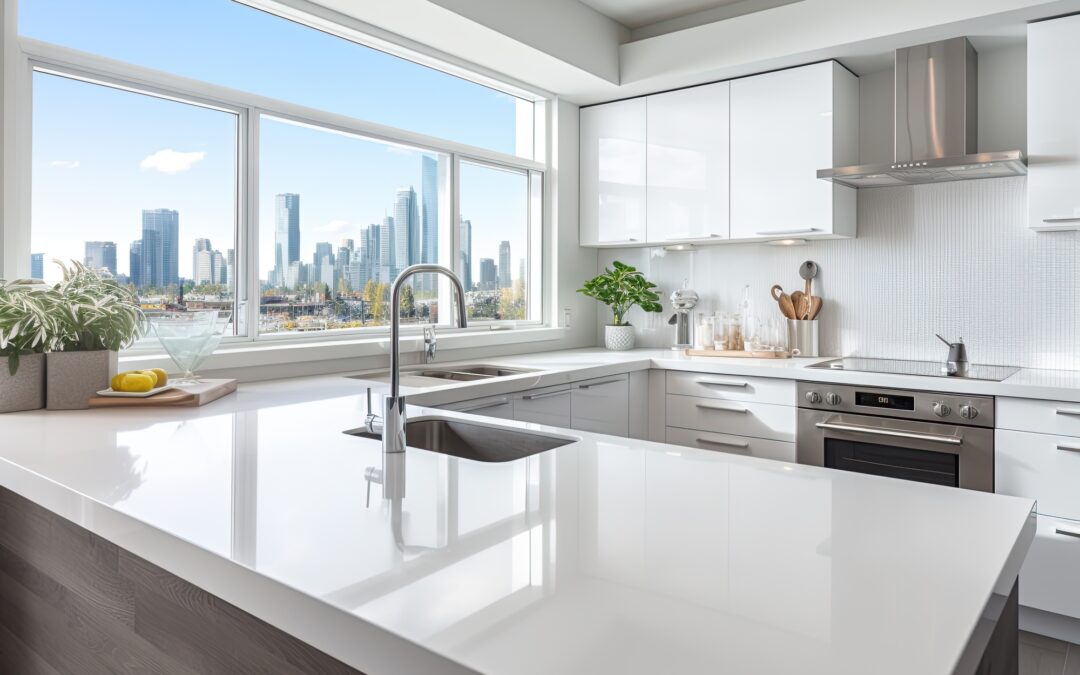In the sphere of home renovation, the rise of flat pack kitchens represents a significant shift towards cost-effective and customizable design solutions. These have become increasingly popular for homeowners seeking to refresh their living spaces without breaking the bank. This article delves into what flat pack kitchens are, their benefits, challenges, and tips for successful implementation. Read on!
What Are Flat Pack Kitchens?
Flat pack kitchens are essentially modular kitchen components that are delivered in a flat, disassembled form. These include cabinets, drawers, countertops, and sometimes appliances, designed to be put together and installed by the homeowner or a professional. This DIY approach to kitchen design is a departure from traditional, pre-assembled cabinetry, offering a more flexible and budget-friendly option.
If you want to create one for your home, you can turn to this useful guide to kitchen renovation for help or stay tuned as we’ll be offering some useful tips later on in this discussion.
The Cost-Effective Appeal
One of the primary attractions of flat pack kitchens is their affordability. By eliminating the need for pre-assembly and reducing shipping costs, manufacturers can offer these units at a significantly lower price point than traditional kitchens. Additionally, the DIY nature of installation further cuts down on labor costs, making it an ideal choice for budget-conscious renovators.
Customization and Flexibility
Another advantage of flat pack kitchens is the level of customization they offer. Homeowners can mix and match components to fit their space and design preferences. This flexibility extends to the installation process, where adjustments can be made on-site to accommodate unique kitchen layouts.
Quality and Durability Concerns
While flat pack kitchens are budget-friendly, there are concerns about their durability and quality compared to traditional cabinetry. However, many manufacturers have responded to these concerns by using high-quality materials and robust construction techniques. It’s essential for consumers to research and choose reputable brands to ensure they get a product that lasts.
Challenges and Solutions
Despite their advantages, flat pack kitchens come with their own set of challenges. The assembly and installation processes can be daunting for those without DIY experience. To address this, some homeowners opt for a hybrid approach, assembling the cabinets themselves but hiring professionals for more complex tasks like plumbing and electrical work.
Tips for Successful Implementation

Constructing a flat pack kitchen successfully involves careful planning, precision, and some DIY know-how. Here are some tips to ensure a smooth process:
- Accurate Measurements: Before purchasing any components, measure your kitchen space meticulously. Consider the placement of windows, doors, and existing fixtures like plumbing and electrical connections. Accurate measurements are crucial to ensure that all the elements of your flat pack kitchen fit perfectly and functionally within your space.
- Thorough Research and Planning: Spend time researching different styles and layouts that would best suit your requirements and space. Plan your kitchen layout carefully, considering the work triangle (the distance between your sink, stove, and refrigerator). Also, think about storage needs and the types of appliances you’ll incorporate.
- Choose Quality Brands: Not all flat pack kitchens are created equal. Opt for reputable brands known for quality materials and craftsmanship. While it might be tempting to go for the cheapest option, remember that the kitchen is a high-use area, and durability is key.
- Read Instructions Carefully: Before starting the assembly, thoroughly read through all instructions. This will give you a clear idea of the tools required and the steps involved. Lay out all parts and hardware and check them against the inventory list to ensure nothing is missing or damaged.
- Have the Right Tools: Ensure you have all the necessary tools for assembly. These often include a hammer, screwdriver, drill, tape measure, level, and possibly a saw for custom cuts. Having the right tools at hand will make the assembly process smoother and more efficient.
- Enlist Help: Some parts of the installation, like lifting and mounting cabinets, are easier and safer with two people. Don’t hesitate to ask a friend or family member for assistance, especially for tasks that require precision and strength.
- Seek Professional Help When Needed: If you’re not confident with certain aspects like plumbing or electrical work, it’s wise to hire a professional. This ensures that these critical components are safely and correctly installed.
- Take Your Time: Rushing through the assembly and installation can lead to mistakes. Allocate ample time for the project, and don’t be afraid to take breaks. It’s better to progress slowly and steadily than to rush and make errors.
- Customization: Remember, one of the benefits of flat pack kitchens is the ability to customize. Feel free to add personal touches like unique handles, bespoke backsplashes, or custom shelving to make the space truly your own.
- Post-Installation Check: Once everything is installed, check all components for proper alignment and functionality. Adjust doors and drawers for a perfect fit, and ensure that all fixtures and appliances are securely in place and operational.
By following these tips, you can effectively navigate the process of assembling and installing a flat pack kitchen, transforming your space into a functional and aesthetically pleasing area.
Conclusion
Flat pack kitchens are redefining the approach to kitchen renovations, offering a balance between affordability, customization, and style. While they require a bit more hands-on effort, the end result can be a highly personalized and functional kitchen that aligns with both your aesthetic preferences and budget constraints. As this trend continues to grow, it’s likely that more homeowners will opt for these innovative solutions in their renovation projects.

Recent Comments